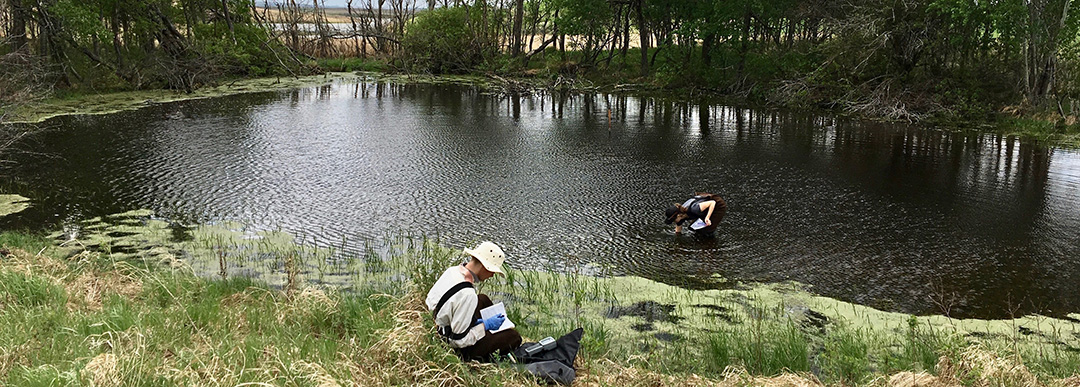Where the river flows: How a proud history of water research led USask to be ranked No.1 in Canada
With a stellar reputation that attracts top talent and partners from around the world, the University of Saskatchewan (USask) has been ranked number one in Canada for water resources research and one of the top 20 in the world for three years in a row, according to the Academic Ranking of World Universities (ARWU).
By USASK RESEARCH PROFILE AND IMPACT AND MARK FERGUSONAerial view of the GIWS Fortress Mountain research site. (Photo: Mark Ferguson)
“It’s a tremendous testament to everyone involved to have established such excellence here, and I’m very proud to be a part of it,” said Dr. Jay Famiglietti (PhD) who came to USask in 2018 as the Canada 150 Chair in Hydrology and Remote Sensing and executive director of the USask Global Institute for Water Security (GIWS).
The rise to the top has been an inspiring story of building on a strong foundation of water science excellence, leadership at many levels, and recruitment of top talent.
While USask officially named water security as one of its signature areas of research a decade ago, the university’s focus on hydrology as a discipline dates back to the 1960s. Under the leadership of GIWS, USask water research now spans the entire university, with more than 90 faculty members and their students and post-doctoral fellows from 21 different academic units—ranging from aquatic ecology to toxicology.
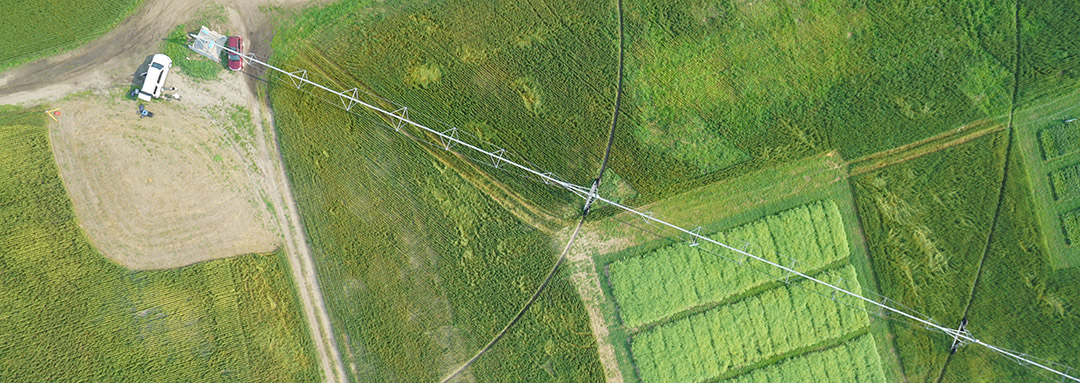
Over the past eight years, GIWS has trained more than 715 graduate students, 180 post-doctoral fellows, and 630 research associates, assistants, and technicians.
A pivotal event for USask water research was the recruitment in 2010 of internationally renowned U.K. hydrologist Dr. Howard Wheater (PhD) as Canada Excellence Research Chair (CERC) in Water Security and founding director of GIWS. Wheater, an international advisor on water issues such as run-off modelling for developing countries, strengthened USask’s strong connections to international water research programs, including with UNESCO and the World Climate Research Programme.
The vision for the seven-year, $30-million CERC program was to develop new transdisciplinary water science to help manage increasingly stressed water resources in the face of climate change. Wheater made the Saskatchewan River Basin a large-scale “observatory” for modelling climate change impacts, including effects on local communities.
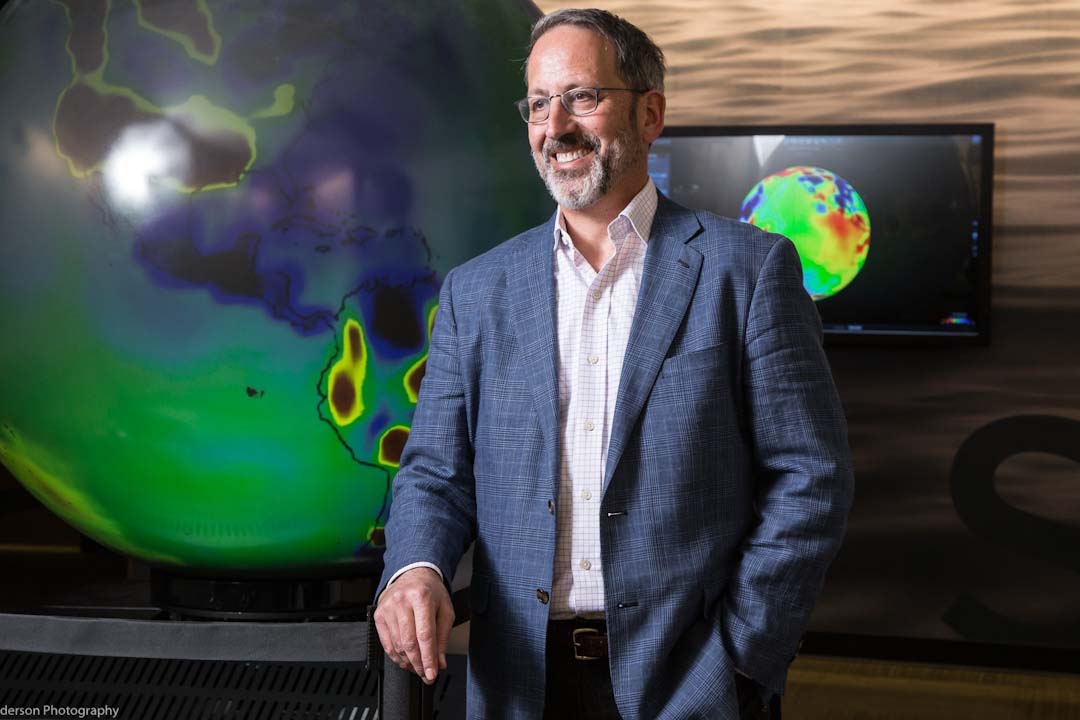
“I realized on my first visit here in 2012 that the federal government had invested heavily in water research and placed a huge emphasis on solving national and global water-related problems,” recalled Famiglietti, who was recruited from the U.S. where he had been the senior water scientist with NASA’s Jet Propulsion Laboratory.
In 2016, under the leadership of Vice-President Research Dr. Karen Chad (PhD), USask was awarded its largest grant ever—$77.8 million from the federal Canada First Research Excellence Fund (CFREF) to lead the prestigious Global Water Futures (GWF) program at GIWS. The program features more than 380 Canadian university researchers at 18 universities and currently more than 460 partners, collaborators and users in government, communities, and industry worldwide.
“No institution nationally or internationally has assembled such a large-scale and multi-disciplinary water research initiative of this kind,” Wheater said at the time.
Now halfway through its seven-year mandate, the GWF program, led by Dr. John Pomeroy (PhD), is positioning Canada as a global leader in cold regions water science, with particular focus on developing ways to predict, prepare for, and manage water-related threats—such as devastating floods, droughts and degraded water quality. The program provides governments, businesses and communities with risk management tools to tackle threats to Canada’s water supply and quality.
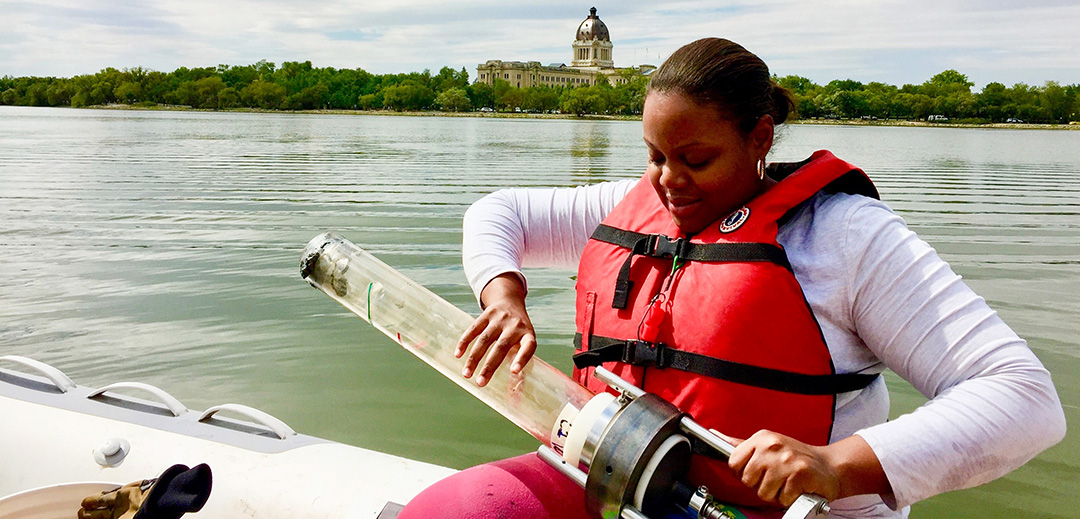
For instance, in a unique approach bringing together western science and Indigenous knowledge, GWF has six projects co-created and co-led by Indigenous peoples across Canada to address urgent and growing water quality issues for Indigenous communities.
GWF has also put particular focus on specialized training for early career researchers and women.
USask’s water science success was built on a strong foundation of research excellence dating back to the university’s earliest days of agricultural research, underscoring that food and water research are intertwined.
The creation in 1964 of USask’s division of hydrology, then housed in the College of Engineering and led by Dr. Don Gray (PhD)—the “father of Canadian hydrology”—established hydrology as a discipline, both on campus and in Canada.
In 1986, the university attracted the hydrology arm of Environment and Climate Change Canada—the National Hydrology Research Centre—to the newly created Innovation Place. In 2004, the USask Centre for Hydrology, one of the world’s most advanced hydrology centres, was established by Pomeroy, who was recruited from the U.K. to become Canada Research Chair in Water Resources and Climate Change. The centre now includes a laboratory in the Rockies near Canmore, Alta.
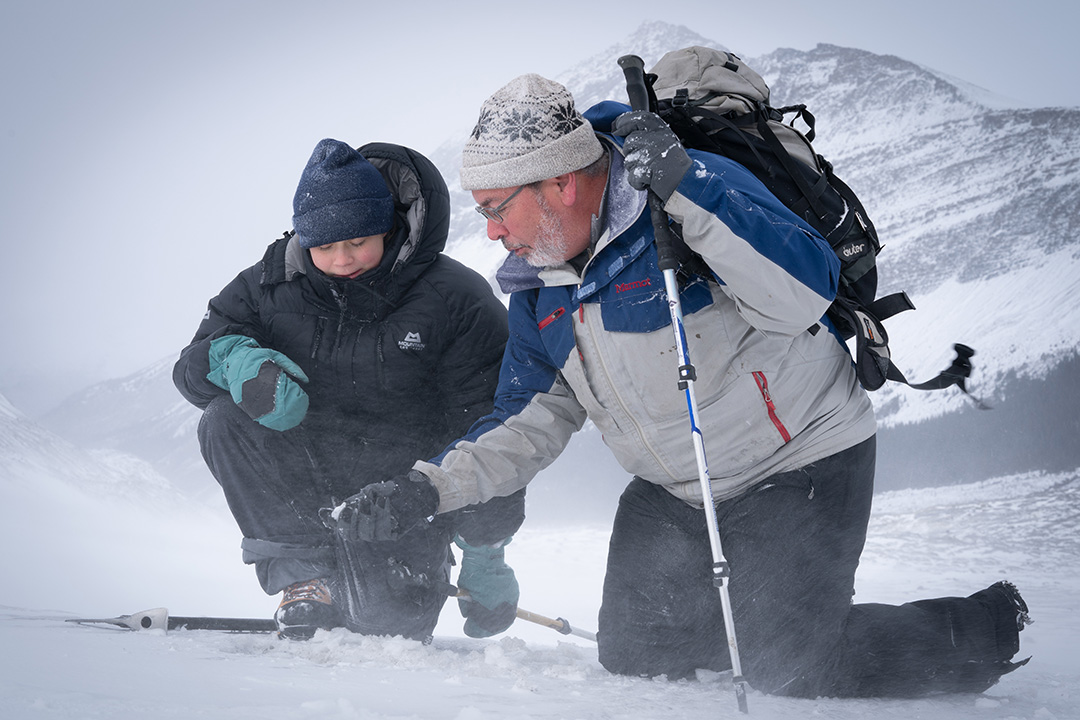
Major USask contributions to advancing the science of water have been recognized by the Royal Society of Canada in naming Pomeroy, Wheater, Dr. John Giesy (PhD), Dr. Jeff McDonnell (PhD), Dr. Ingrid Pickering (PhD), and Dr. Irena Creed (PhD) as Fellows.
“The continued commitment to water research excellence at USask has brought us to the forefront in Canada and now the world,” Pomeroy said, citing GWF’s leadership at the World Meteorological Organization on high mountain and polar issues.
Famiglietti noted that being the top Canadian university for water research is a huge opportunity, but one that comes with great expectations.
“The rankings are important, and we are proud to be number one. But that only matters if you can continue to do the right things and make a difference for communities, governments and industries. I think we are doing just that,” he said.
